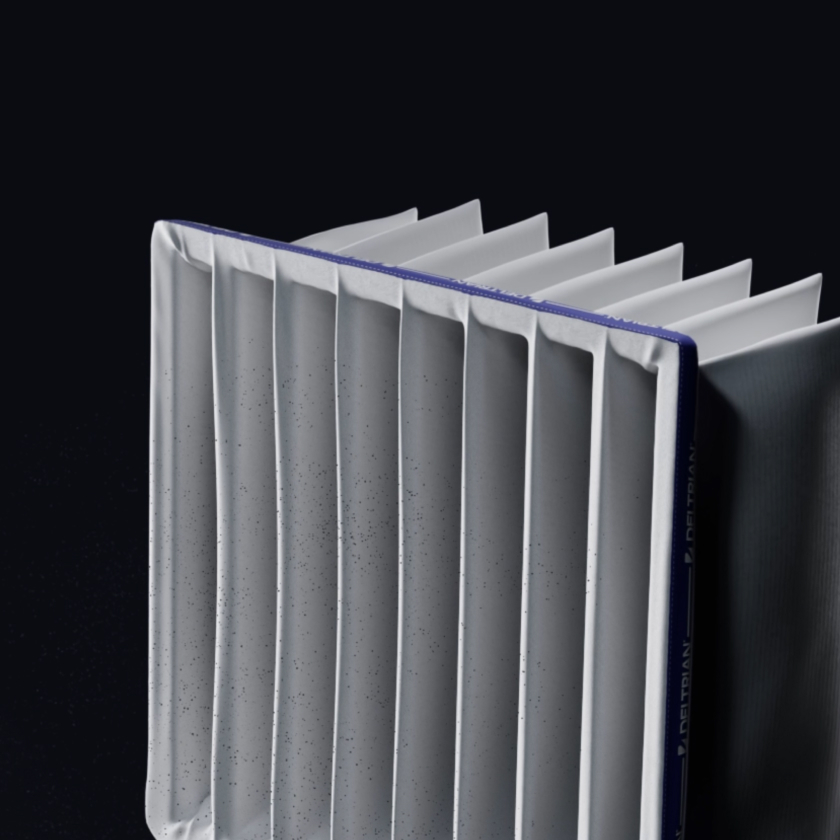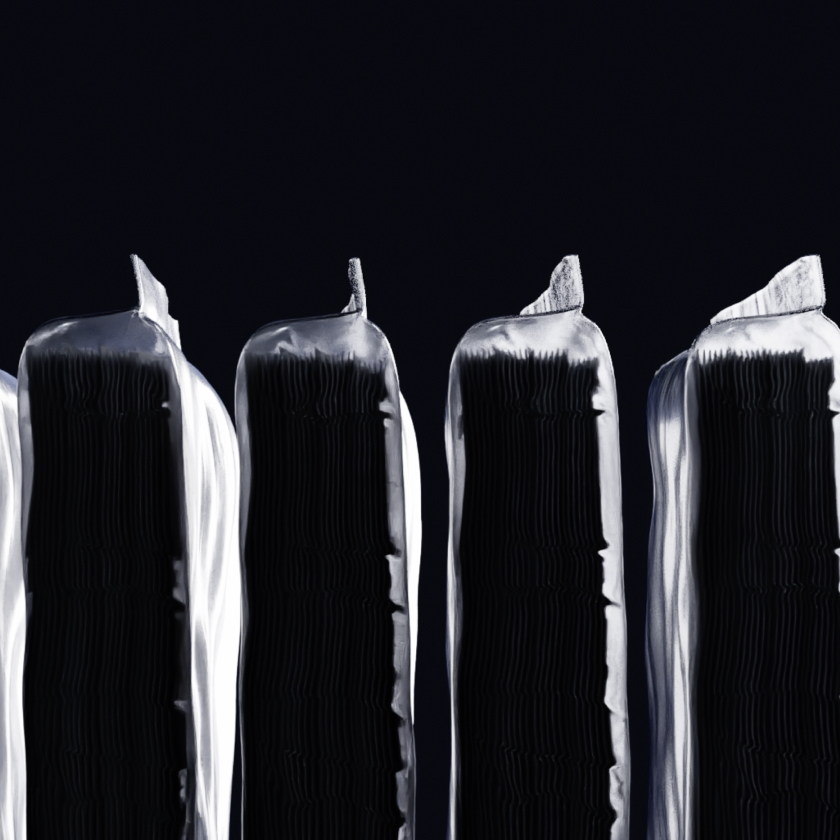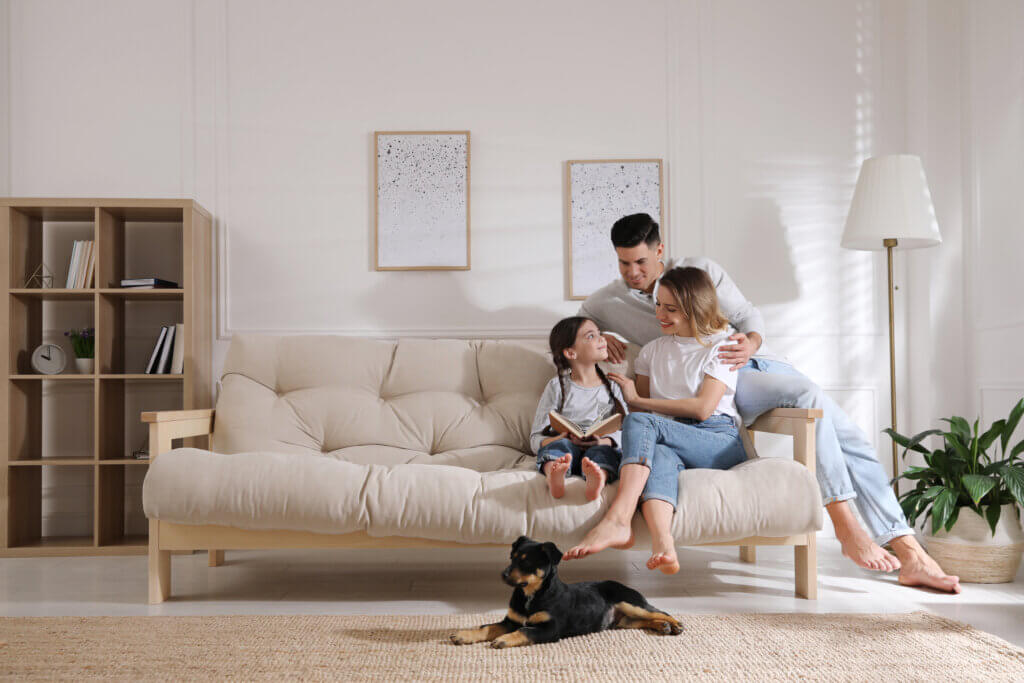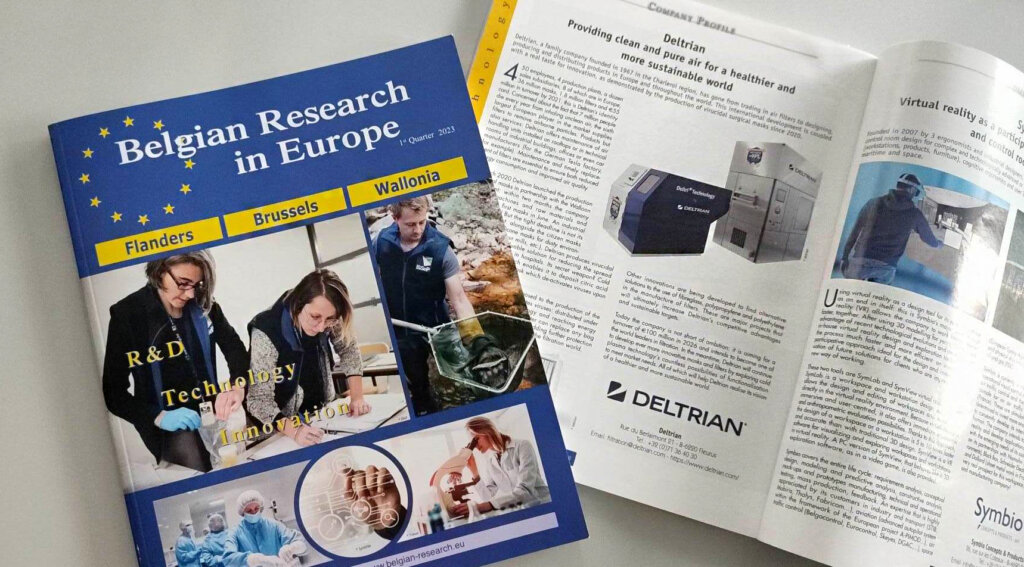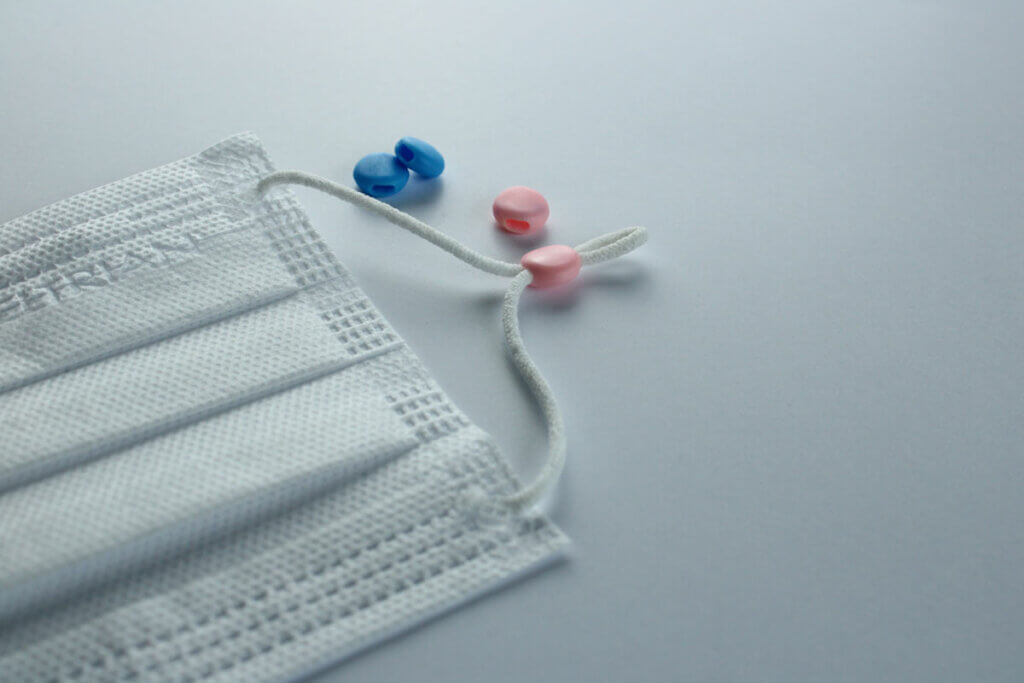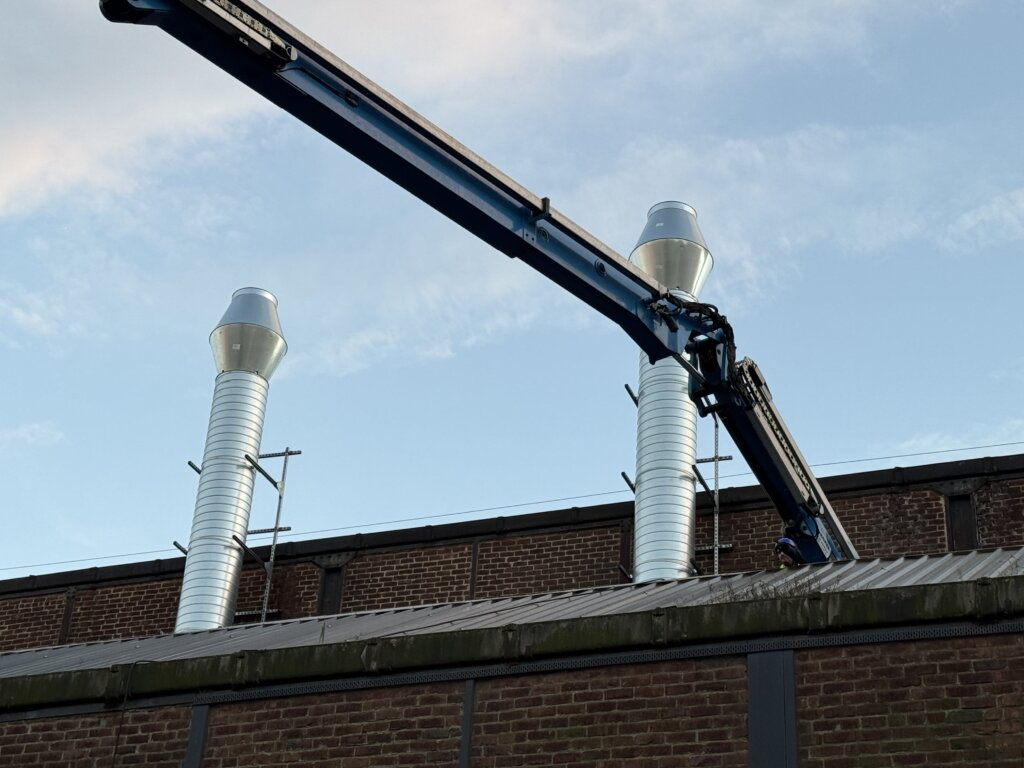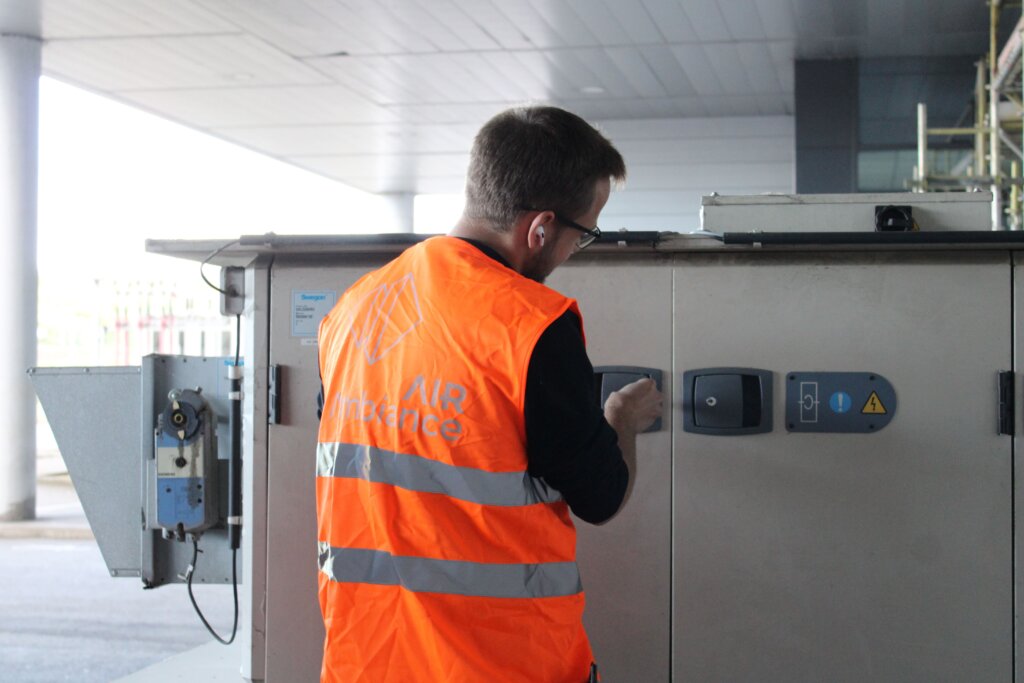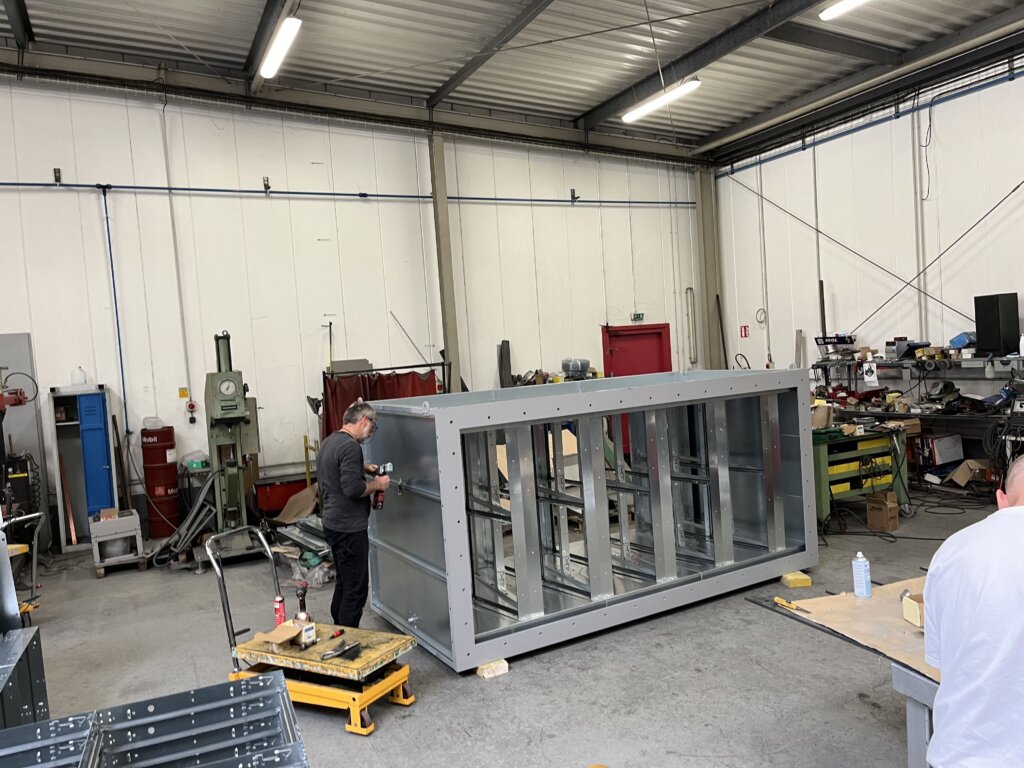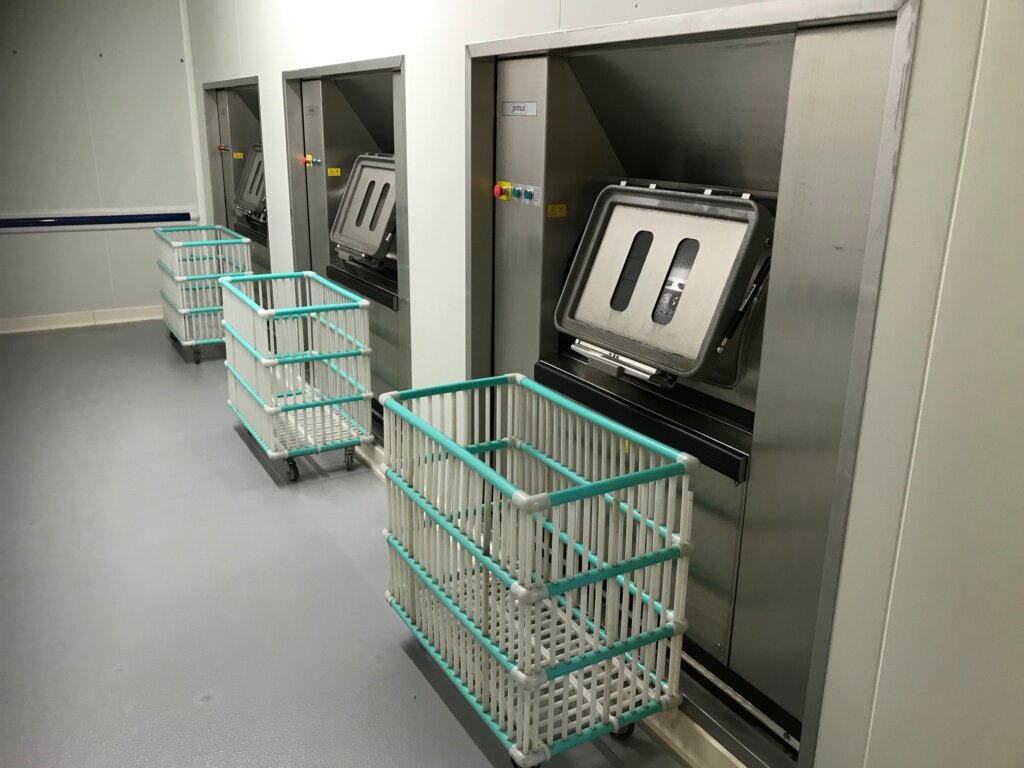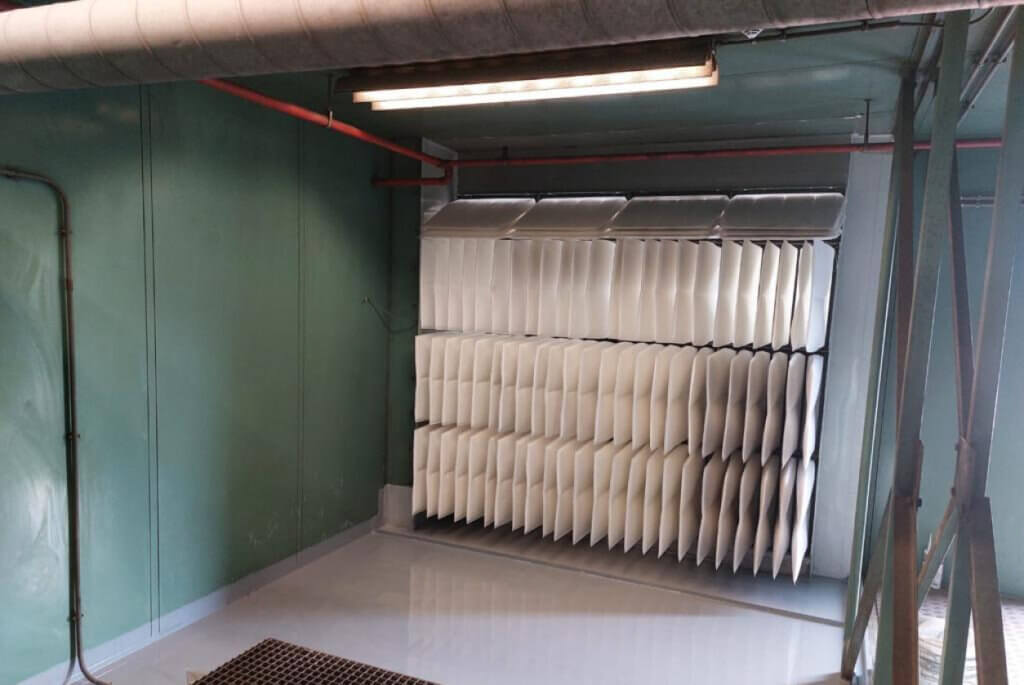Air filtration: how does it work?
Find out how air filtration works, and how ISO 16890 can be used to assess air filter efficiency.
Published on 06.05.2024

Table des matières
Air filtration: How it works
Air filter efficiency
Deltrian solutions
How does air filtration work?
Air filtration: How it works
Air filtration is becoming an increasingly important issue. Indeed, according to the WHO, air pollution is responsible for over 7 million premature deaths per year.
To prevent them, it is not only necessary to reduce the sources of pollution and fine particles, but it is also essential to use air filtration systems to improve the air quality we breathe.
The goal of air filtration is to reduce the concentration of pollutants present in the air by capturing them through a system of suitable filters.
There are several types of filters today, offering more or less effective filtration capacities depending on the level of purity desired.
These filters can work in different ways:
- Air filters with a sieving effect: Particles are captured by the filter by getting trapped between its fibers, as they are larger than the space available between the fibers.
- Air filters with an inertia effect: In this case, particles are captured because they have a high mass. Being heavy, they hit the filter fibers at high speed and then get stuck.
- Air filters with an interception effect: Using the attraction force of fine particles, the filter fibers attract these particles and intercept them.
While there are several types of air filters, there is also a method to evaluate their efficiency and categorize them.
How to evaluate the efficiency of an air filter?
ISO 16890 and air filter efficiency
It is possible to assess the efficiency of an air filter using the ISO 16890 standard, which divides air filters into four groups:
- ISO ePM1
- ISO ePM2.5
- ISO ePM10
- ISO Coarse
To be classified in one of these categories, a filter must have at least 50% efficiency against the targeted particle size. For example, a filter capturing more than 50% of PM1-type particles will be classified as an ISO ePM1 filter.
Then, once placed in a category, the filter’s performance can be further refined. For instance, filters that are 66% effective for PM1 particles will be rated as ISO ePM1 65%.
By comparison, if a filter retains less than 50% of PM10 particles, it will belong to the ISO Coarse class.
Deltrian offers an extensive range of air filters, with choices in each of these efficiency classes, to meet all your needs.
What are Deltrian's air filtration solutions?
Individuals and professionals: Deltrian has the solution
Whether you are a private individual or a professional, Deltrian has a solution for you.
If you are a private individual, we can offer you a complete range of air purifiers:
- Mia Air
- Mia Air Compact
- Mia Air Tower
If you are a professional, regardless of your industry, we assist you in installing an air filtration system designed to meet your needs:
- Automotive,
- Airport,
- Shopping centers,
- Schools and universities,
- Hospitals,
- Industries,
- Etc.
Finally, thanks to our TFM service (Total Filtering Management), you are assured of optimizing the operation of your installation by entrusting us with its maintenance.
Contact us via the form below to learn more about our air filtration solutions!
Do you have any questions? Our team is here to help you.
Our experts are available to answer all your questions.
































